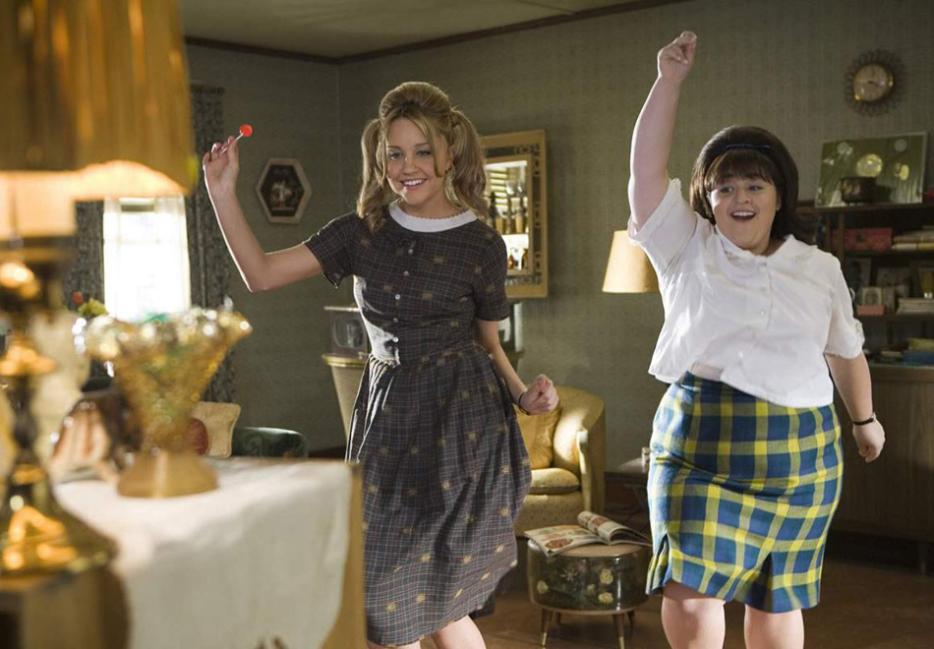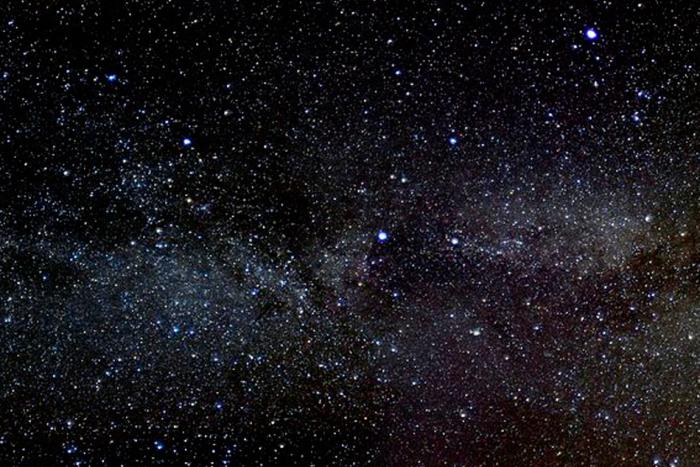At Marshall McLuhan Catholic Secondary School in Toronto, the student body is addressed as “Marshall.” Marshall cheers its rugby team, the Rebels, and does community service through clubs with names like “Grooving with the Seniors.” Marshall comes to school dressed in a uniform of black and white, the colours of print on paper.
On Marshall’s website, the administration declares its intention to train students to follow the example of the school’s namesake—to be vessels of revelation. “As Marshall McLuhan did, we strive to embody the highest goals of the Catholic intellectual tradition using our faith to understand our search for oneness, goodness and truth.” Like McLuhan, the students of MSCSS will learn to look beyond the immediate present to see the deep patterns that will shape our future. “Our students' voices will be prophetic ones in the 21st century.”
McLuhan saw the teenager of the 1960s as a new kind of person. Before television, McLuhan said, there was adolescence—a period in which young people waited on the outskirts of the adult world for their real lives to start. But teenagers were living their real lives already, and their experience was the embodiment of both humanity’s future and its past.
Back then, it seemed as if teenagers could change the course of history. New ideas about civil rights, sexual liberation, and non-traditional lifestyles were threatening to upend society. Part of their power was economic; young people in the 1960s could walk out of high school into well paying jobs, or, should they choose, get a relatively cheap university education. But Marshall believed the change in communications technologies was leading to a generation of retribalized, collectivized, globalized citizens. In 1969, he told Playboy, “Our teenage generation is already becoming part of a jungle clan.”
It’s a little hard to tell what exactly McLuhan meant (if he even knew) by “tribal” culture in the new communication age. McLuhan’s seminal work, Understanding Media: The Extensions of Man, first published in 1964, and reissued this year for its semicentennial, is a willfully confusing book. Written with a loopy gravity—“the stakes are very high, and the need to understand the effects of the extensions of man becomes more urgent by the hour”—it is also filled with contradictory arguments, partial explanations, and nonsensical aphorisms. “I don’t pretend to understand it,” McLuhan famously remarked of his own work. “After all, my stuff is very difficult.”
Some contemporary commentators have interpreted his remarks to predict an increasingly segmented, fragmented society made up of tiny factions which alternately war with or ignore each other. But others (the administration of Marshall McLuhan Catholic Secondary School seemingly among them) saw McLuhan’s idea of a “tribal” global culture as an expression of the unity—the oneness—of humanity. If print had created the individual—people immersed themselves, alone, in books—television was breaking down the individual and rejoining humanity into one pulsating mass of awareness. Teenagers would inherit a collective inner world shaped by global factors. Everyone would be connected.
McLuhan saw the teenager of the 1960s as a new kind of person. Before television, McLuhan said, there was adolescence—a period in which young people waited on the outskirts of the adult world for their real lives to start.
McLuhan may have been right about the environment teenagers would come to inhabit. But he might be surprised to see that today’s teenagers are in fact, many of them, being returned to a state of adolescence—what he called a waiting period. The economic disempowerment of today’s youth means that the teenagers at Marshall will wait longer to move out of their parents’ homes, finish the endless training they need to get paying jobs, and may never achieve the level of financial stability their parents took for granted. The prevalent feeling towards teenagers today is not fear—no one worries that they will mobilize to overthrow all our values—but pity.
McLuhan believed that the linearity and uniformity of print shaped much of society since Gutenberg. Today’s teenagers are inheriting a media landscape in which not even time is linear—Twitter feeds and blog pages start with the newest post and run backwards. A teenager graduating from Marshall today is asked to be a more complicated kind of person than was a teenager graduating in 1964. Complex, detailed information streams out over multiple platforms 24 hours a day, and traditional notions of authority have been challenged—knowledge may come from anywhere. If the medium is the message, the complexity of today’s media demands the mental flexibility to cope with a funhouse of kaleidoscoping messages.
Still, the society we live in now is more diverse than that of the 1950s and ’60s, and a teenager living in an urban centre today is growing up in a less sexually, religiously, or socially conformist culture. It may be harder to strike a balance between external and internal forces than ever before; but it may also be the case that external stimuli have been amplified to match the true complexity of our internal lives. The chaotic nature of omnipresent digital media may not be a distortion of reality, but a true reflection of it.
The “search for oneness, goodness and truth” has always been a tall order. But at Marshall McLuhan Catholic Secondary School, they embrace the new technologies as tools in the fulfillment of this goal. “Through the diversity of our community, we learn to appreciate the uniqueness and goodness of each person and to experience the presence of God in our encounters with our neighbours on a local and global level,” their website says. New technologies don’t only offer us access to more information; they also offer us more access to each other.






